Tired of seeing a full trash bin in your kitchen day after day? It’s easier than you think to make a change. These zero-waste tips will guide you through simple ways to reduce kitchen waste, helping you save money and the planet at the same time. By tweaking how you shop, cook, and use leftovers, you can drastically cut down on waste and make your kitchen a more sustainable space.
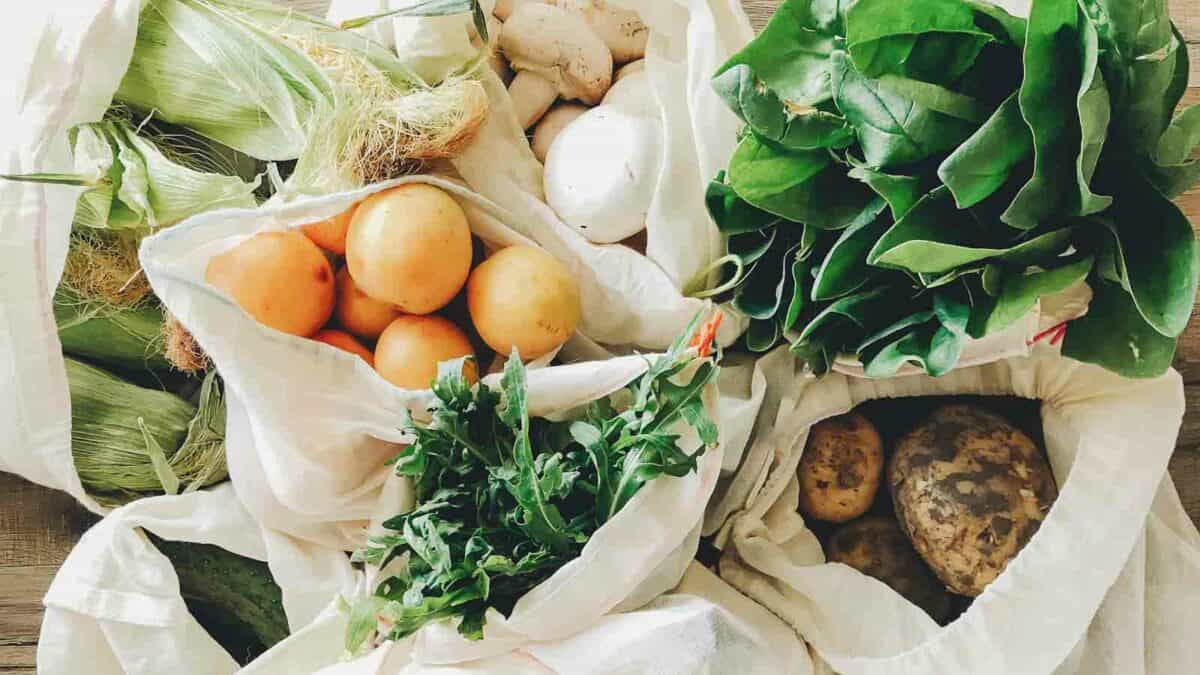
Embrace Whole Vegetable Cooking
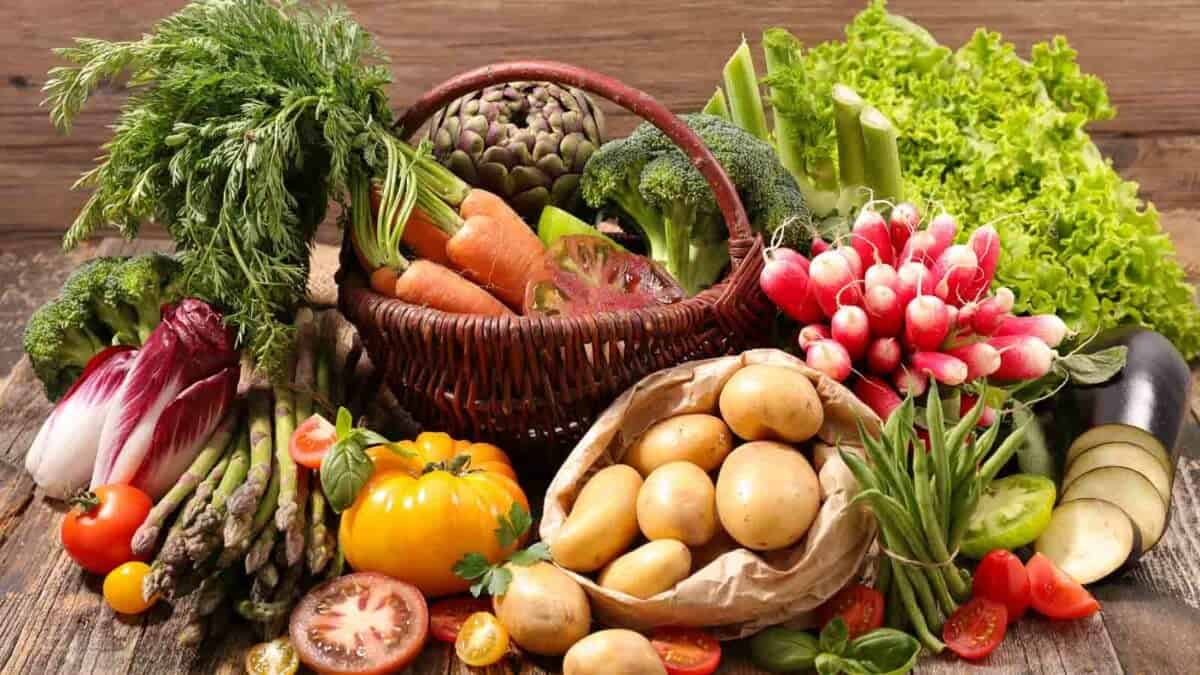
Utilize every part of the vegetables you buy, including stems and leaves that many discard. For example, sauté beet greens for a nutritious side, use broccoli stems in stir-fries or make pesto from radish greens. This method maximizes your food usage and introduces you to new, delicious possibilities.
Plan Your Meals

Start by planning your weekly meals to guide your shopping list. This approach lessens impulsive buys and helps you use every item you purchase, dramatically reducing waste. Plan meals around similar ingredients to ensure you use produce in its entirety before buying more.
Make Vegetable Broth with Scraps

Save your vegetable peels, ends, and scraps by freezing them until you have enough to make a broth. Boiling these in water creates a nutritious base for soups and stews, adding depth to your cooking and value to your purchases.
Buy in Bulk Using Reusable Containers

Purchase dry goods and spices from bulk bins and use your own containers. This reduces packaging waste and lets you buy just the amount you need, saving money and reducing excess.
Compost Organic Waste

Composting organic leftovers turns waste into resource, enriching soil and reducing landfill emissions. Whether it’s fruit peels or coffee grounds, composting is an effective step towards a zero-waste kitchen.
Preserve and Can Seasonal Produce
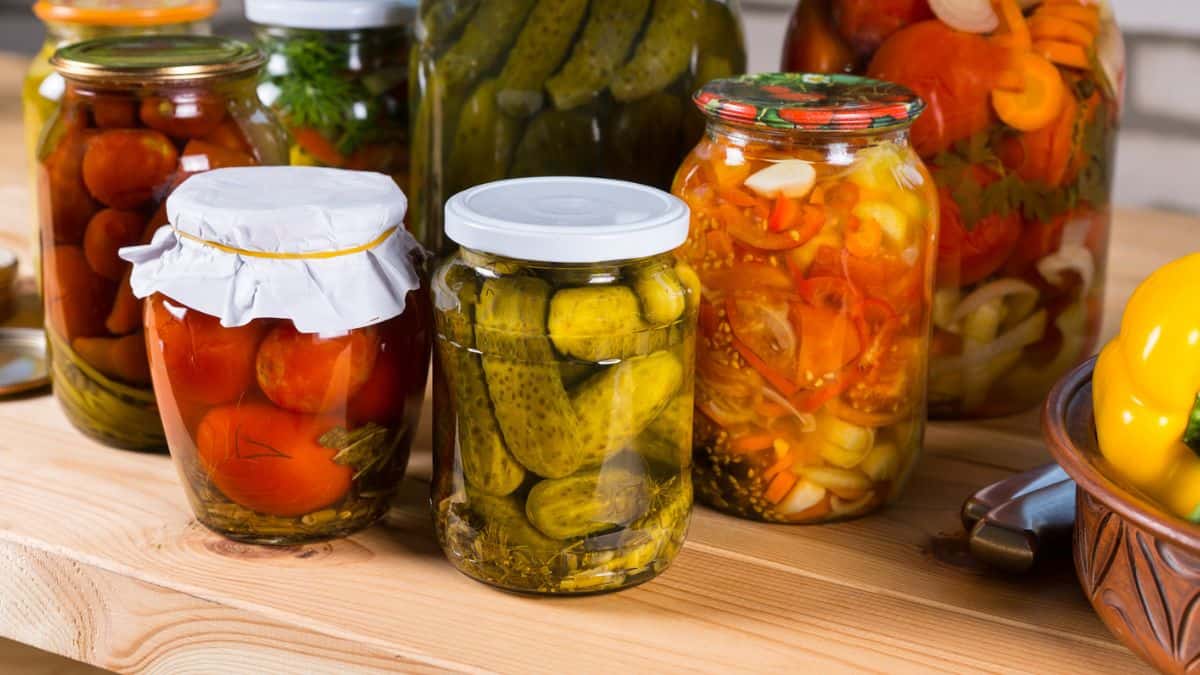
Extend the shelf life of fruits and vegetables through canning and preserving. This old-school technique lets you enjoy seasonal flavors all year round and avoids the waste of surplus produce.
Regrow Vegetables from Scraps
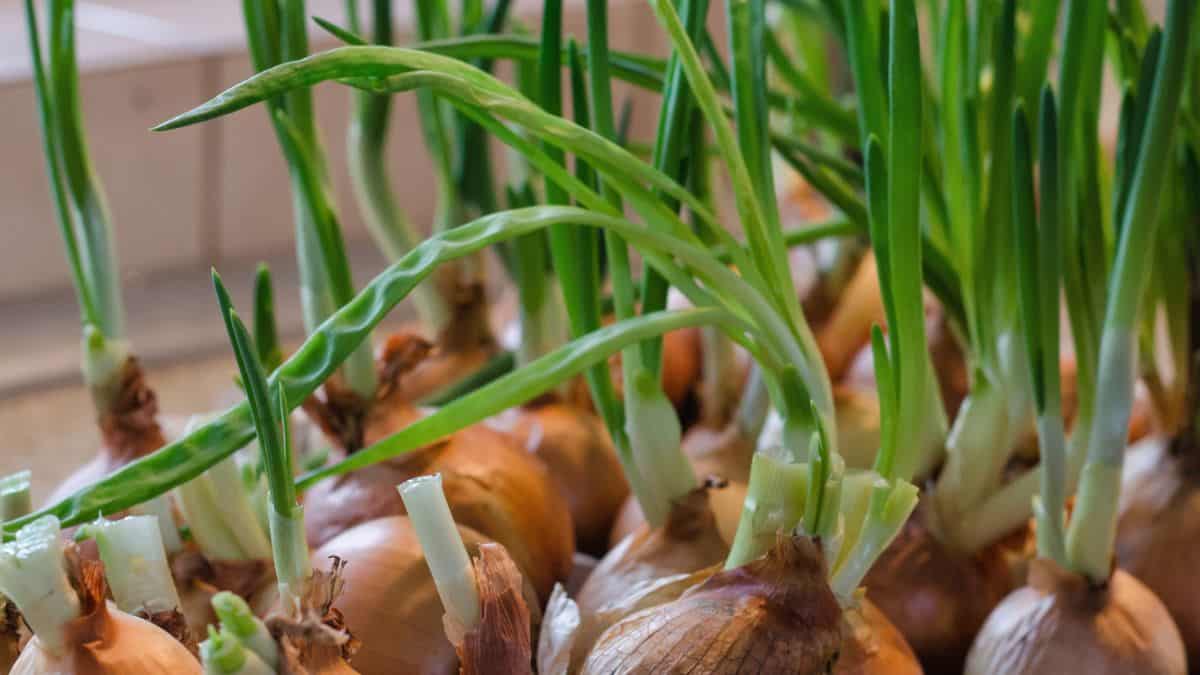
Some vegetables like green onions and celery can be regrown from their scraps. Just place the roots in water and they will rejuvenate. It’s a simple way to reduce waste and multiply your supply of fresh herbs and veggies.
Store Food Properly

Effective storage prolongs the freshness and edibility of your groceries. For instance, keep herbs lush by storing them in water and apples away from other fruits to avoid premature ripening. Proper storage techniques are easy wins in the battle against food waste.
Use Leftovers Creatively
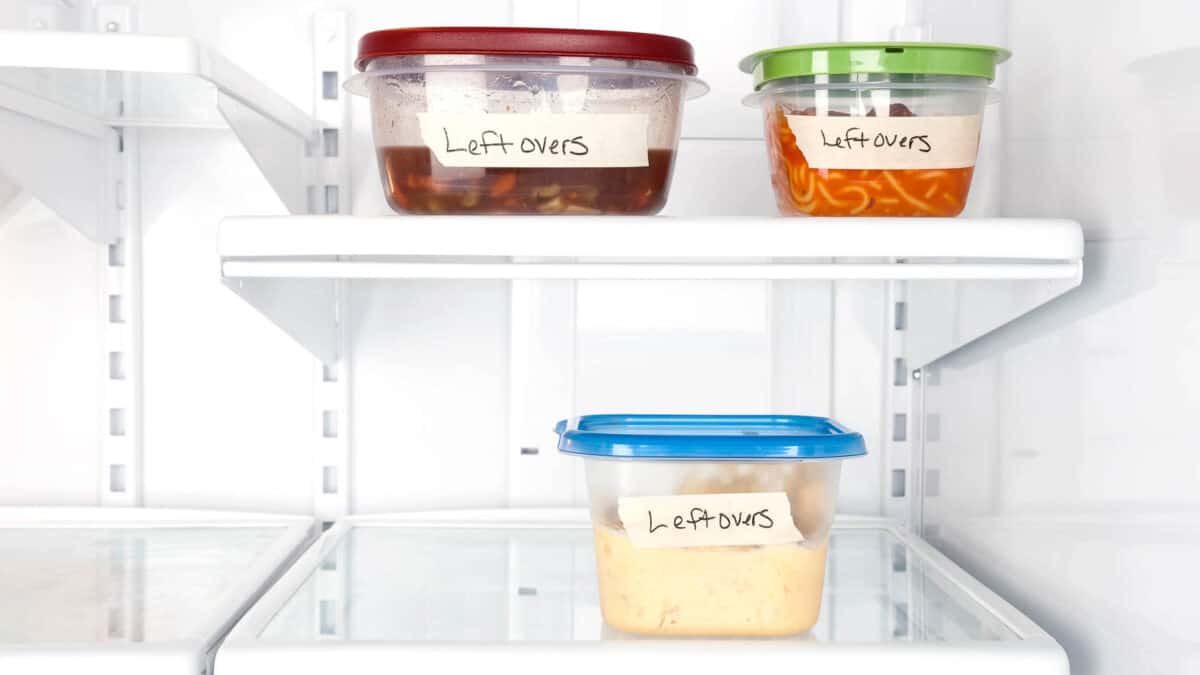
Turn your leftovers into exciting new meals to ensure nothing goes to waste. Old vegetables can find new life in stews, and that half-used jar of sauce could be the base of a great marinade. This not only saves money but also sparks creativity in the kitchen.
Educate Yourself on Expiration Dates

Misunderstanding expiration labels like “sell by” and “use by” leads to unnecessary waste. Foods often remain safe past these dates, so trusting your senses can save food from being discarded too early and teach you a lot about food safety.
Grow Your Own Herbs

Planting your own herbs like basil, cilantro, and parsley is easy and lets you have fresh flavors at your fingertips. Growing herbs at home means you can skip those plastic-wrapped herbs from the store, cutting down on waste.
Feed the Dog or Cat
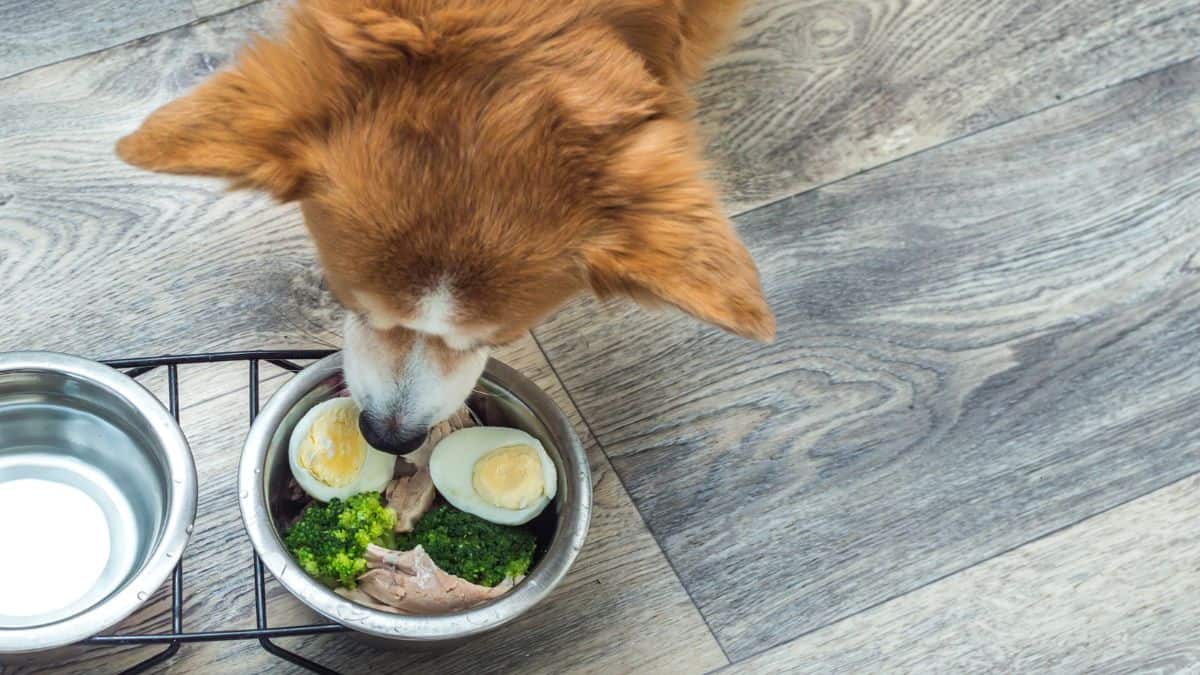
If you have safe leftovers like lean meats or certain fruits and veggies (think pumpkin, sweet potatoes, or apples), consider treating your pet. These foods can be healthy in moderation, potentially boosting their coat shine thanks to foods like eggs. Always check which foods are safe for pets and enjoy turning waste into tasty pet treats!
Add Food to Your Beauty Routine

Many kitchen scraps have surprising beauty benefits. Ginger root can treat acne, while turmeric, matcha, and some teas make excellent face masks or serums. Even avocado can be mashed for a nourishing DIY facial. It’s a smart, satisfying way to use up leftovers and enhance your skin care routine with natural products.
5 Labels On Chicken That Mean Nothing & 6 To Pay Attention To
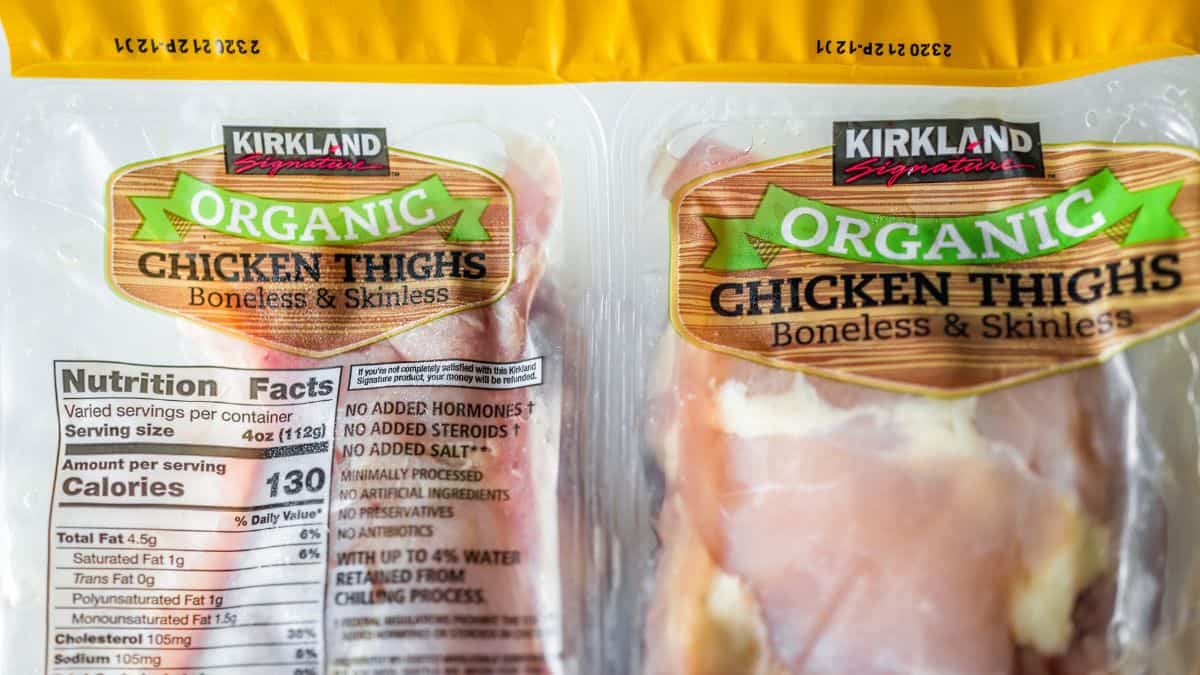
Navigating the grocery store’s poultry aisle can feel like decoding a secret language. “Organic,” “air-chilled,” and “non-GMO” are just a few buzzwords you’ll encounter, each promising a better bird. But which labels actually mean something for the welfare of the chickens and the quality of your dinner? We’re here to cut through the clutter and tell you which chicken labels are worth paying attention to and which ones you can safely ignore.
Read it Here: 5 Labels On Chicken That Mean Nothing & 6 To Pay Attention To
10 Genius Ways To Use Leftover Bacon Grease You Probably Haven’t Tried

So, you’ve cooked up some bacon and now you’re left with a jar of bacon grease sitting on the counter. What’s next? Before you even think about tossing it, let me tell you there’s a whole world of uses for that flavorful fat. From cooking hacks to surprising twists in your recipes, bacon grease can be your kitchen’s secret weapon. Here are some fun ways to use it beyond just frying eggs.
Read it Here: 10 Genius Ways To Use Leftover Bacon Grease You Probably Haven’t Tried
Select images provided by Depositphotos.
Gina Matsoukas is an AP syndicated writer. She is the founder, photographer and recipe developer of Running to the Kitchen — a food website focused on providing healthy, wholesome recipes using fresh and seasonal ingredients. Her work has been featured in numerous media outlets both digital and print, including MSN, Huffington post, Buzzfeed, Women’s Health and Food Network.








